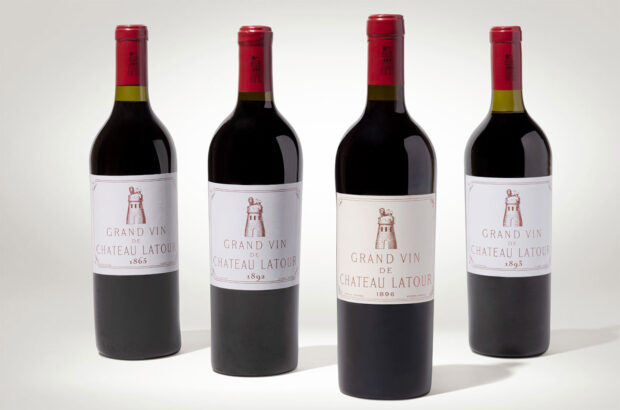Winemakers in Barossa and Clare Valley are splitting their vineyards into new sub-regions as part of a stronger focus on soil and climate in Australia's wine sector.
Producers in Clare Valley (pictured) have just begun phase two of their Clare Valley Rocks project, which aims to draw appellation-style boundaries across the region based on its different geologies.
Decanter.com understands that around 12 specific sub-zones could be created, but it is early days.
Further south, Barossa Valley’s patchwork of vineyards is also being carved into unofficial sub-zones based on soil and climate under the Barossa Grounds project, which began in 2011. Several zones have already been identified, including Gomersal, Lyndoch, Williamstown and Barossa Foothills.
Rather than create a hierarchical system, proponents say the plans are part of a cultural shift in Australia’s wine industry that seeks to make technology in the cellar subservient to geological understanding and vineyard management.
‘We’re not trying to say that one sub-region is better, just that they are different,’ said Andrew Pike, of Pikes Wines in Clare Valley. ‘People can draw their own conclusions.’
James March, chief executive of Barossa Grape & Wine Association. added, ‘There’s a lot of variation in the Barossa Valley floor and there’s a very strong movement towards sub-regions, even if they remain unofficial. We’re attempting to map the area to articulate a sense of place.’
Chris Hatcher, chief winemaker at Wolf Blass, which has just released four ‘Estates of the Barossa’ Shiraz wines from Lyndoch, Dorrien, St John’s and Moculta, acknowledged that sub-zones may confuse wine drinkers.
‘I’m sure someone in the UK isn’t going to know where some of these places are. But, for me it doesn’t matter. People talk about Australian Shiraz as being all the same. If we do this and the wines are good, then consumers might start to think more about where the wines are from.’
Attempts to map vineyard geology are more advanced in nearby McLaren Vale, where a ‘Scarce Earth’ project encourages the release of single block Shiraz wines.
Two years ago, Chester Osborn, of McLaren Vale-based d’Arenberg, launched the first small volumes of 12 single vineyard Shiraz wines at $100 each. Osborn told Decanter.com that the project is as much to help him blend a more balanced wine as express stylistic differences between single sites.
‘We’ve been making Dead Arm Shiraz for 70 years. Now I can see what the [component] wines turn into and I could actually change my blend in certain years.’
Critics might argue that attention to such stylistic nuances is barely representative of the vast majority of Australia’s wine industry, which crushed around 1.3bn litres in 2014 and is still strongly led by varietals, rather than specific geography.
But, many winemakers targeting the premium end of the market believe knowledge of the soil and climatic differences within particular areas have become more important considerations in knowing which varieties to plant and how to pitch the wine stylistically.
‘I think we are paying more attention now,’ said Mike Symons, of Stonier Wines in Mornington Peninsula, where many producers initially opted for Cabernet Sauvignon before switching to the Pinot Noir clones that have since earned the area a rising reputation for quality.
‘Before, the attitude was more “tell me what you want and we’ll grow it”,’ said Symons. ‘In the vineyard, it’s now more about what’s happening beneath the soil. And letting go a little bit.’
Written by Chris Mercer







